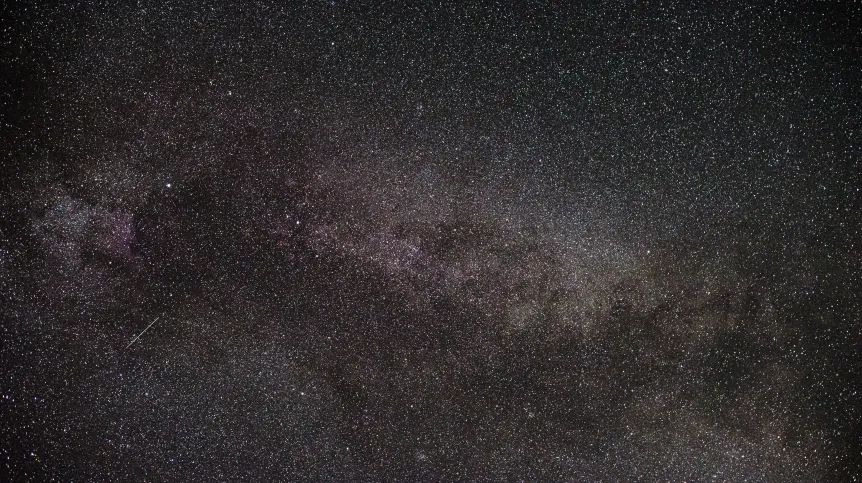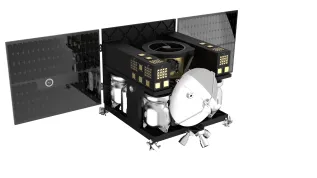
An unusual celestial object known as The Accident is helping astronomers solve a decades-old mystery about the missing silicon chemistry of the Solar System’s giant planets.
Using the James Webb Space Telescope, an international research team has detected simple silicon-hydrogen molecules, or silanes (SiH₄), in the atmosphere of a brown dwarf — a first in astrophysics. The findings have been published in Nature (https://doi.org/10.1038/s41586-025-09369-1).
The brown dwarf, formally catalogued as WISE 1534-1043, was discovered by chance in 2020. Lying about 50 light-years from Earth, it sits in the grey zone between stars and planets — too small to sustain nuclear fusion like a star, yet too massive to be considered a planet. What makes The Accident remarkable is its mix of characteristics: some typical of very young brown dwarfs, others of extremely old ones.
“WISE 1534-1043 is so dark and unusual that our team needed the James Webb Space Telescope to study its atmosphere,” said Dr Bartosz Gauza of the Institute of Astronomy at the University of Zielona Góra, a co-author of the study.
When the researchers analysed Webb’s infrared data, they found spectral signatures that at first defied identification. Eventually, the mystery molecules proved to be silanes — the silicon analogues of methane. For years, scientists had expected to find these compounds in the atmospheres of Jupiter, Saturn and similar objects, but no instruments had ever detected them.
The absence of silanes has long puzzled planetary scientists. Silicon is known to exist in the gas giants’ atmospheres, yet it seems to vanish from view. The new study suggests why: in planets rich in oxygen, silicon quickly bonds with oxygen atoms to form oxides such as quartz, which can condense into deep-lying clouds hidden from observation.
In the case of The Accident, conditions appear very different. The brown dwarf likely formed 10 to 13 billion years ago, when the Universe contained far less oxygen than it does today. That scarcity may have allowed silicon to combine with hydrogen instead, producing silanes that remained stable and visible to Webb’s infrared instruments.
“This discovery gives us a chemical snapshot of the early Universe,” said Gauza. “It shows how the abundance of elements available at the time of formation determines what we can observe in an object’s atmosphere even billions of years later.”
The study was led by Jacqueline K. Faherty of the American Museum of Natural History and the City University of New York, with contributors from several countries, including Poland. The detection of silanes in WISE 1534-1043 opens a new window onto the chemistry of ancient substellar objects — and may eventually help explain why the gas giants of our own Solar System look so chemically quiet.
(PAP)
cza/ bar/
tr. RL













